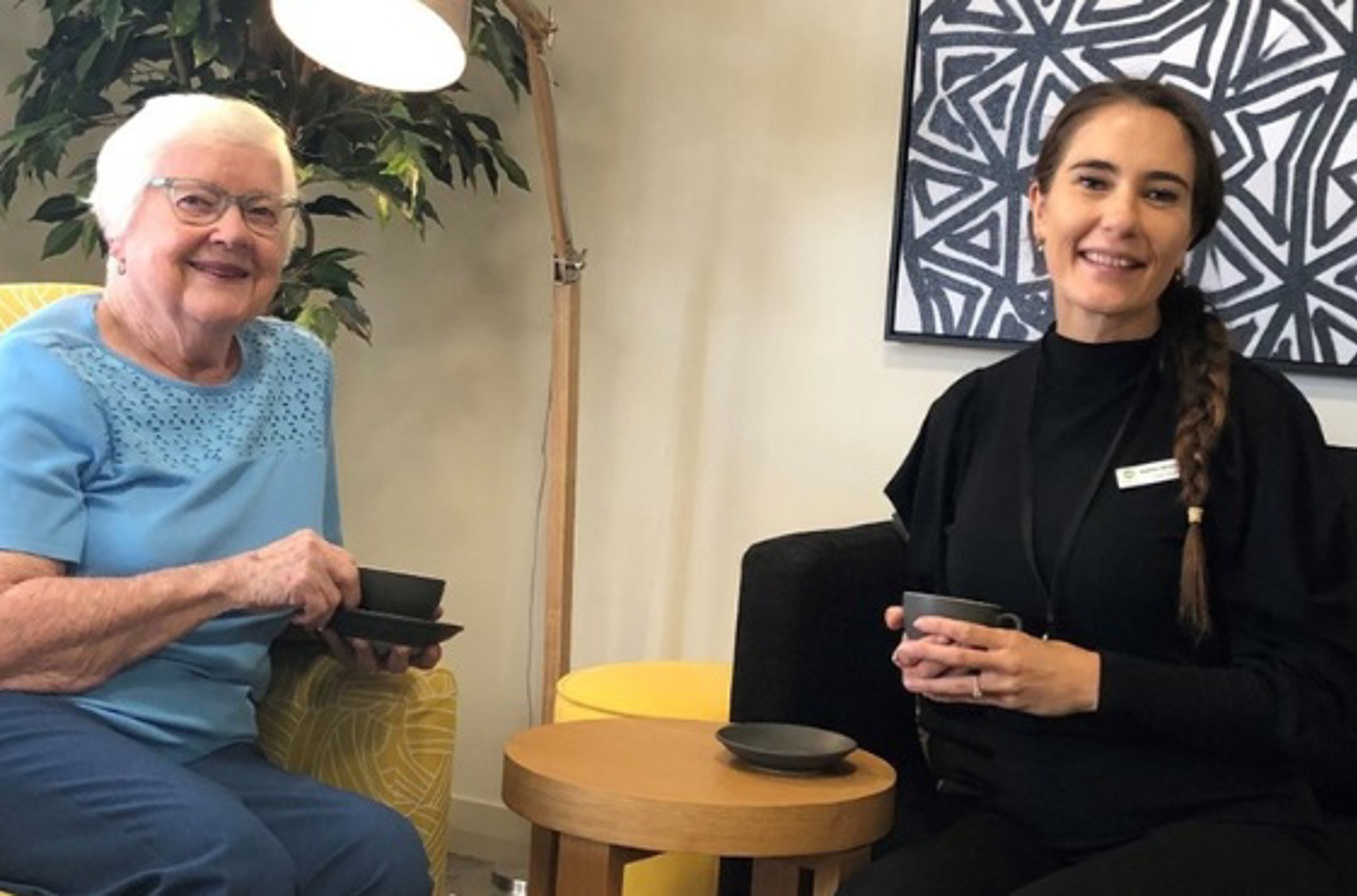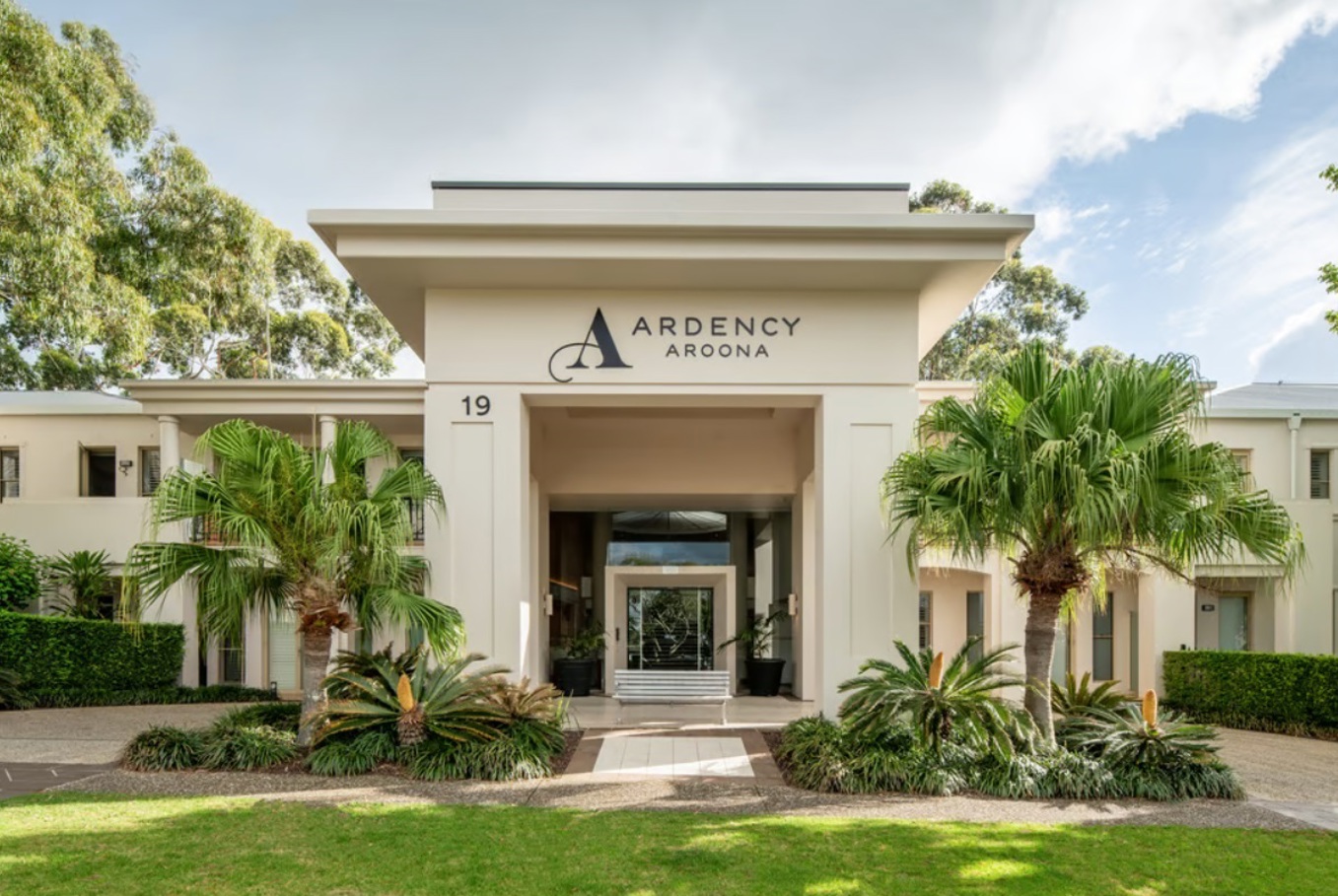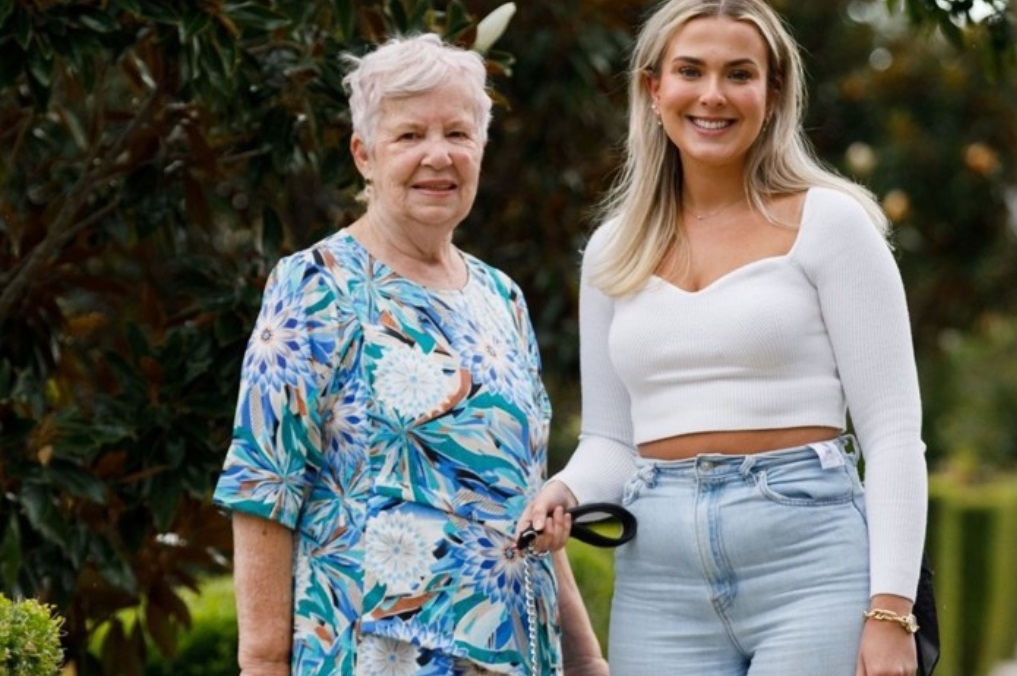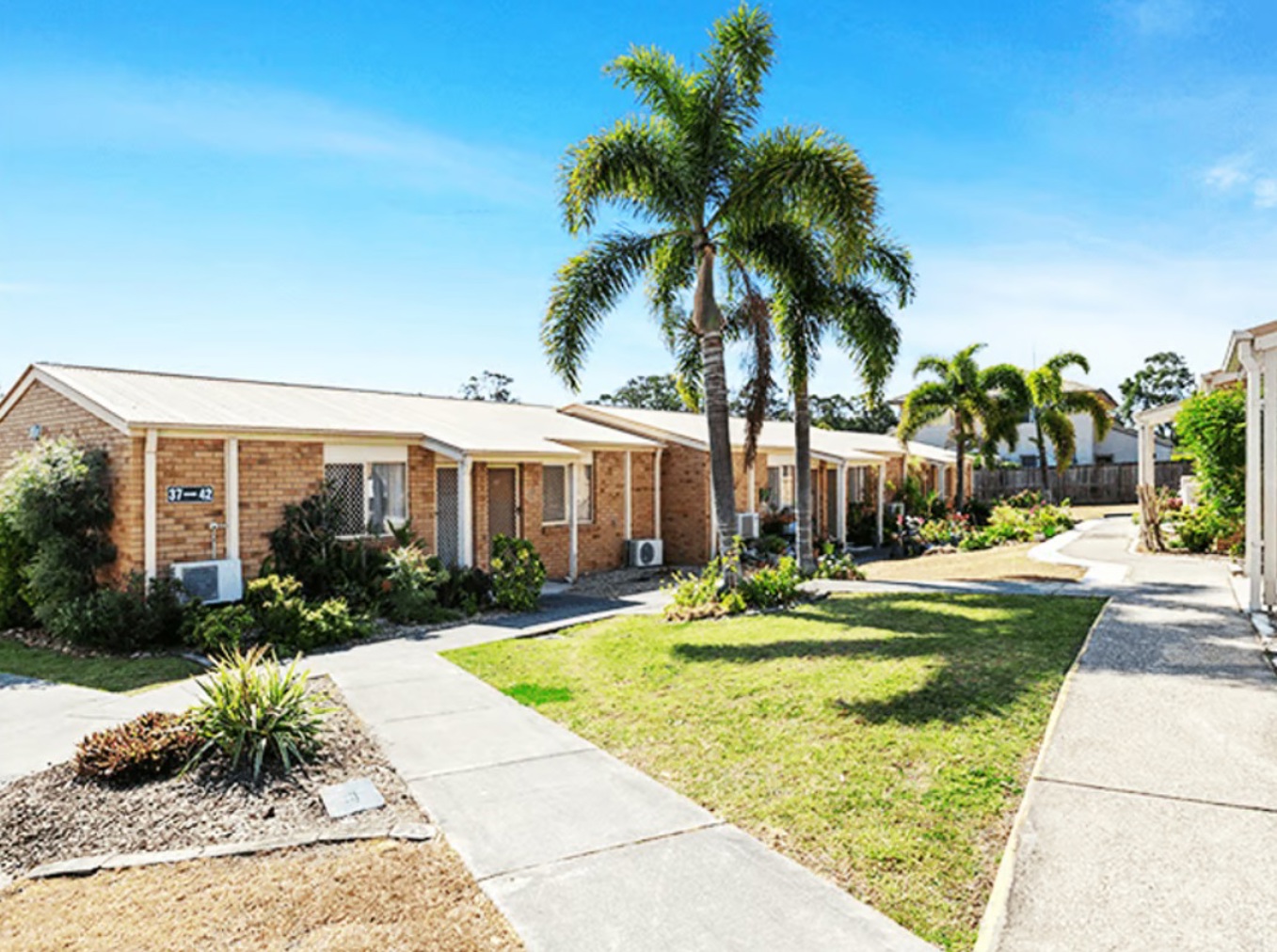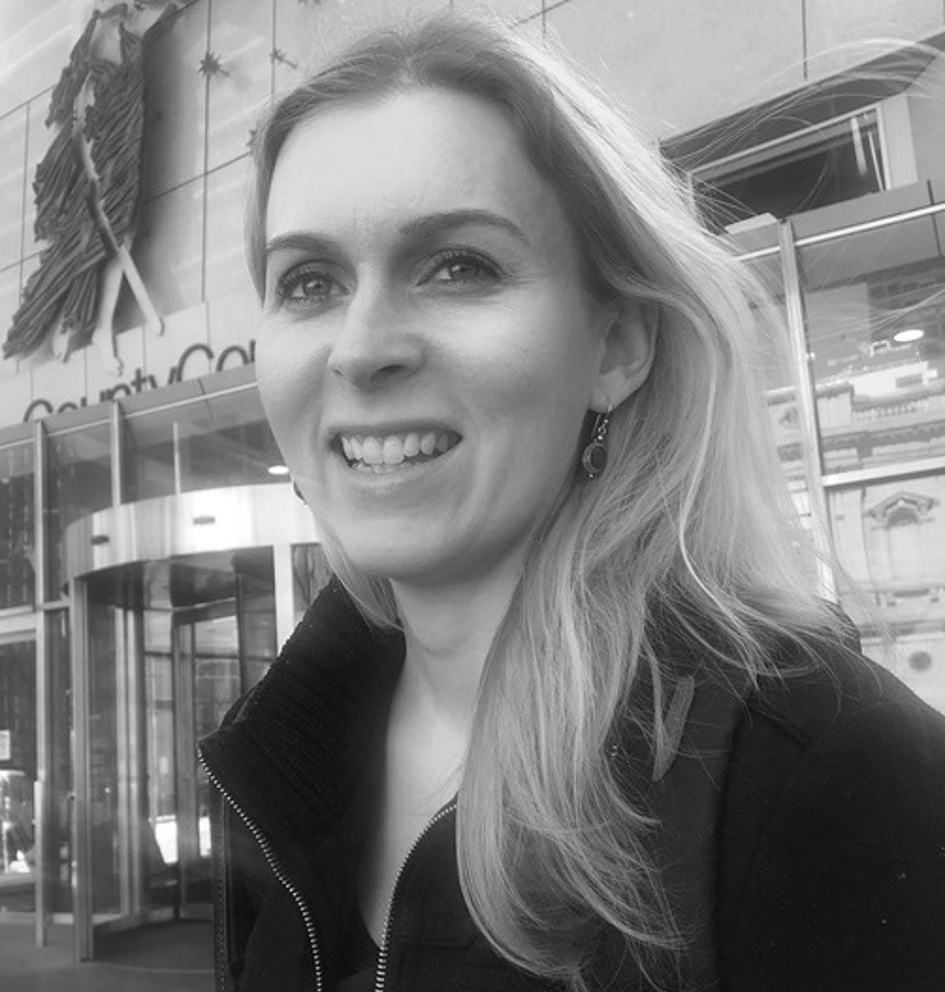Designing aged care when dementia is the norm, not the exception
04/04/2024
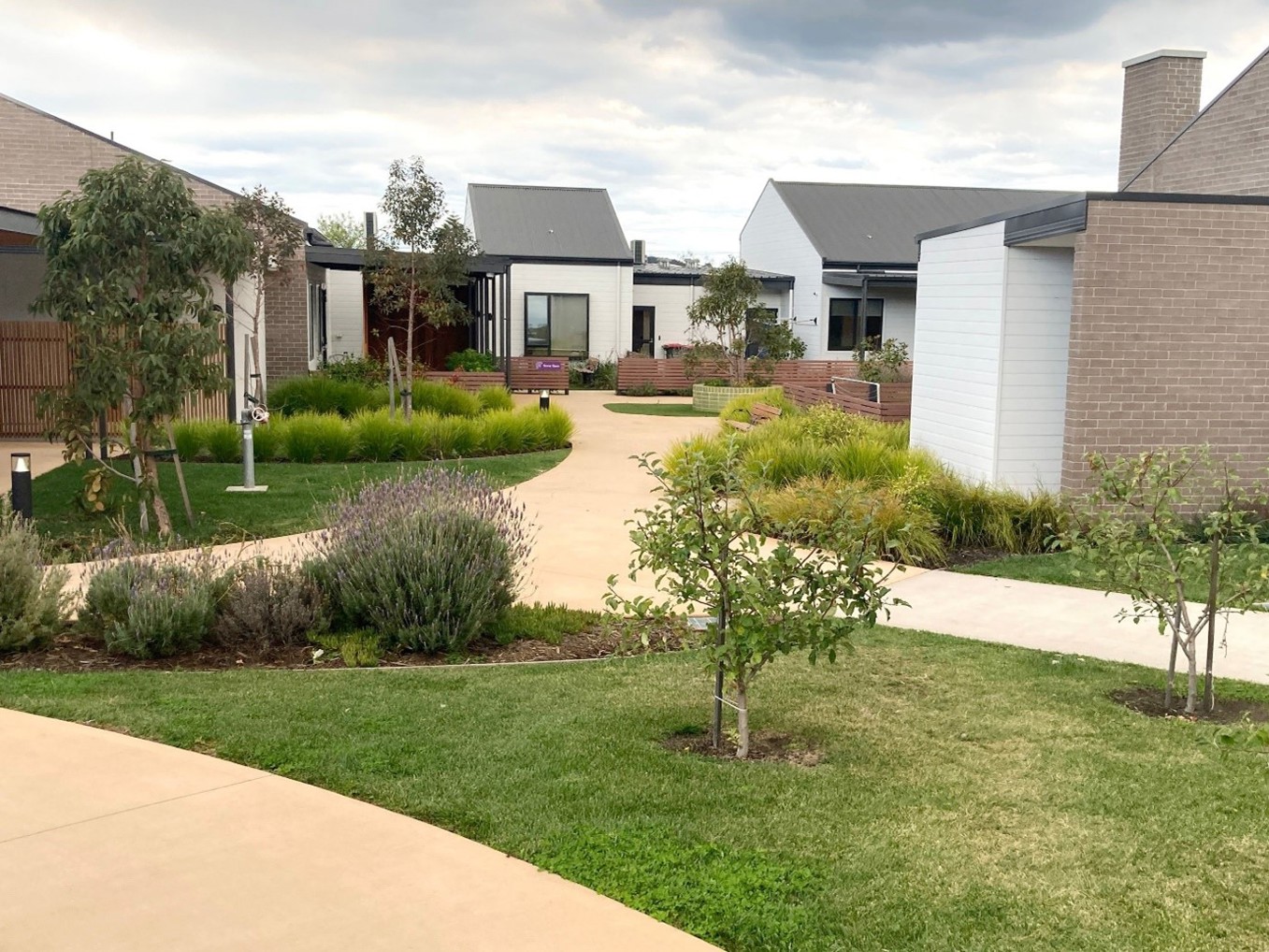
With 80% of aged care residents now living with some form of dementia or cognitive impairment, the pressure is on providers to deliver both a ‘home’ and a safe environment for residents and staff.
Today’s aged care homes are seeing an increase in the number of residents living with dementia – yet the Government and families also expect that Mum or Dad will be able to live their best life possible in residential aged care. Can operators deliver on both accounts?
With physical and chemical restraints now a last resort in aged care, the environment is taking on an ever-more important role in helping older people to live well – and staff to manage their behaviours.
Aged care provider HammondCare has been leading the way in delivering dementia care with its small household model for many years – but other operators are also making their mark.
Case in point: there is an increasing number of ‘dementia villages’ being built – HammondCare opened Adelaide’s first dementia village last year, the University of Canberra is building its first dementia village and a local parish has opened a small dementia village at Port Macquarie on the NSW Mid-North Coast.
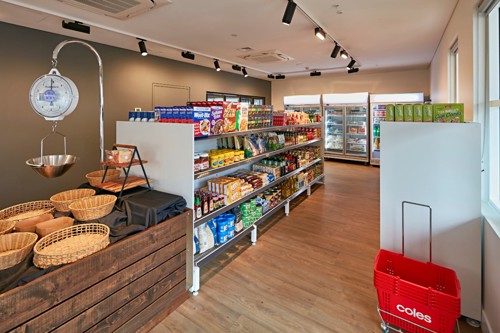 HammondCare Daw Park
HammondCare Daw Park
Korongee set the standard for dementia villages in Australia
ThomsonAdsett, the county’s most experienced seniors’ architects, designed Korongee, the first dementia village to open in Australia in 2020 outside of Hobart.
Operated by Not For Profit provider Glenview Community Services, the village features four houses set in separate cul-de-sacs with a range of community services including a café, community centre, salon, wellness centre and General Store.
“The challenge is in dealing with dementia is resident and staff safety,” said Studio Lead and Partner, Rob Puflett.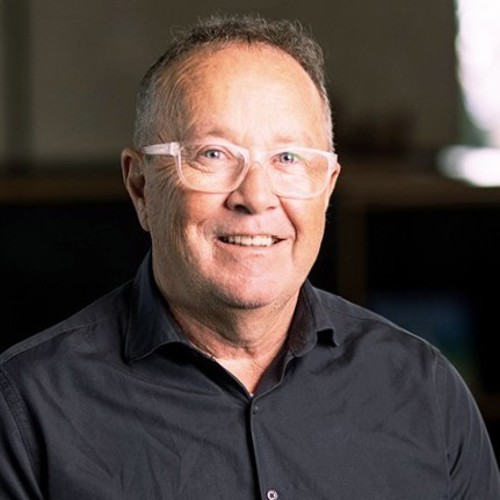
Rob Puflett
“We try to have cueing points where there aren’t points of frustration that could trigger other behaviours, so they can walk around without locked doors or gates and without being aware they are being controlled by the built environment.
“That’s one of the beautiful things about Korongee is that the buildings and the steers define the edge of the landscape so you’re unaware that it’s a contained, safe, wandering space.”
The scale of the buildings is also very domestic with weatherboard houses, picket fences and community gardens.
“We are now in an environment of person centred care, so it’s all about enabling the residents to live the best life possible, and so even though a person has a cognitive impairment, they still have the opportunity to make choices,” added Pino Gentile, Principal at ThomsonAdsett.
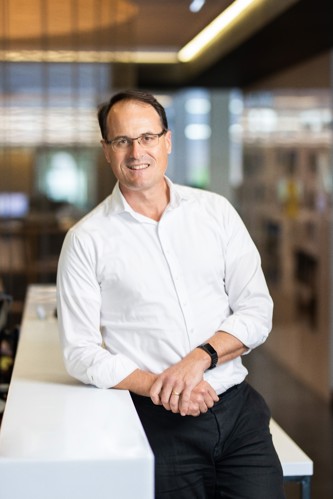
Pino Gentile
But the dementia village is still a specialist model of care.
Average aged care home size now 82 beds
While more providers are embracing the small household model on the back of the Aged Care Royal Commission, the average home size in Australia is still 82 beds.
So, how can providers ensure that larger facilities are designed for people living with dementia – and quality of life?
Dr Tanya Petrovich, Manager of Innovation at dementia advocacy peak body Dementia Australia, says the key to good dementia design is for the space to be ‘home-like’ – but that doesn’t mean that the environment has to resemble a small house.
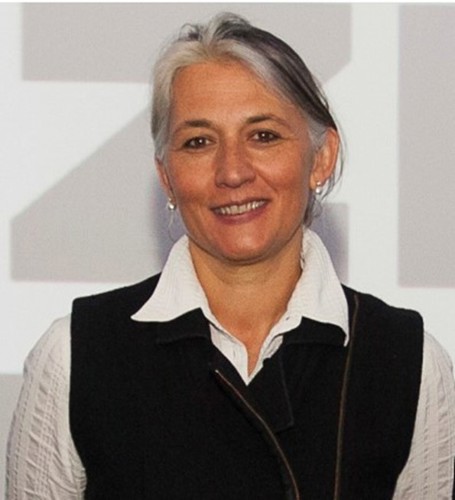
Dr Tanya Petrovich
“It’s about what does ‘home’ mean to people,” she said. “Home means that ‘I feel welcome, I feel warm, I feel safe, I feel secure’ and that’s what the environment needs to provide.
“The problem is that a lot of traditional residential aged care is built to look like a hospital, and they don’t have that home-like warmth or security.”
Can operators instill those qualities in a larger facility?
Tanya says that homes should be:
- Easy to navigate – from finding the bedroom and the bathroom to going outside, the space should be easy to navigate
- Easy access to green space – Tanya says eight times out of 10, Dementia Australia finds the door to the outdoors are locked
- A warm, comfortable temperature
- Less ambient noise – so commercial kitchens positioned away from living areas
- Less clutter – so medication trolleys confined to the back of house, and less patters on floors, walls, and soft furnishings
Dementia Australia also offers EDIE, which stands for Educational Dementia Immersive Experience, a virtual reality experience that enables the user to experience life as ‘Eddie’ to help them understand the impact that the environment has on the person living with dementia.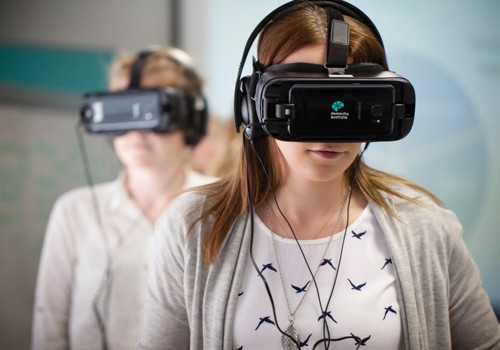
Dementia Australia’s EDIE program
Dementia Australia also provide audits of aged care homes on a fee-for-service basis. Based on 10 principles of good dementia design, the audit evaluates the environment and provides a report with points that can be improved.
It’s a small investment that could make a big difference to older Australians and their families.

